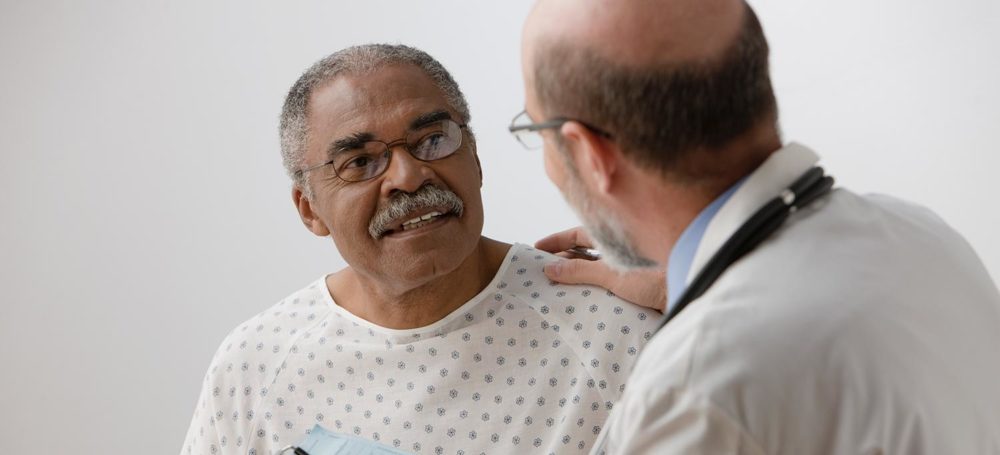How to diagnose Bladder cancer?
There are many tests that help to diagnose bladder cancer.
– Cystoscopy:
This procedure is required to identify and diagnose bladder cancer. A cystoscope is inserted under local or general anesthesia into your bladder from the urethra to view the inside of the bladder and take a Biopsy that will be examined in the laboratory.
– Urine cytology:
A sample of your urine is analyzed under a microscope to check some tumor markers in the urine.
After confirming that you have bladder cancer, your doctor may recommend some imaging tests to determine whether your cancer has spread to your lymph nodes or to other areas of your body.
– CT scan of the abdomen and pelvis to determine if there is any propagation of the tumor outside of the bladder.
– Magnetic resonance imaging (MRI) scan:
MRI scans show detailed images of soft tissues in the body, like CT scans; but by using radio waves and strong magnets instead of x-rays.
– PET scan: can detect cellular changes in organs and tissues earlier than CT and MRI scans; by injected a radioactive chemical.
– Chest X-ray is performed to detect if any cancer has propagated to the lungs.
– Bone scan may be performed to look for metastasis to cancer in the bones.
Follow the link for more information about the diagnosis of bladder cancer.
How to treat Bladder cancer?
• Surgery
• Chemotherapy
• Radiation therapy
• immunotherapy for superficial cancers
Sometimes, combinations of these treatments will be used.
-Surgery:
Transurethral resection of bladder tumor (TURBT):
TURBT is a procedure to diagnose bladder cancer and to remove cancers in the cells of the bladder lining (no muscle-invasive cancers). It is performed during a cystoscopy by using an electric current to cut away or burn away cancer.
Cystectomy:
– A radical cystectomy is an operation to remove all the bladder and the surrounding lymph nodes when the tumor has spread beyond the bladder. In men, radical cystectomy consists of removing the prostate and seminal vesicles; and in women, a radical cystectomy may involve the removal of the uterus, ovaries, and part of the vagina. It can be done using Robotic Surgery.
– Partial cystectomy is the removal of a section of the bladder when the tumor is only in one region of the bladder. Chemotherapy or radiation therapy is often used in combination with this procedure.
Chemotherapy :
By using a drug to kill or stop the reproduction of cancerous cells.
Chemotherapy drugs can be delivered
– Intravenously: Intravenous chemotherapy is frequently used before cystectomy to have a high chance of curing cancer, or can be used to kill cancer cells that might remain after surgery.
– Intravesically directly into the bladder.
It depends on the stage of cancer.
Radiation therapy:
Destroys the DNA of cancer cells by using powerful energy, like X-rays and protons.
It can be used in fusion with surgery or chemotherapy. Radiation therapy can be delivered externally or internally.
Immunotherapy:
Immunotherapy is a drug treatment that helps your immune system to fight cancer, by using the body’s own immune system.
Immunotherapy can be performed:
• Directly into the bladder: Might be required after TURBT for small bladder cancers that haven’t grown into the deeper muscle layers of the bladder. This treatment uses bacillus Calmette-Guerin (BCG), which causes an immune system reaction; so the body can kill the tumor bladder cells.
• Intravenously: Immunotherapy can be performed intravenously for bladder cancer that’s advanced or that comes back after initial treatment.
Follow the link to know about BCG Therapy.




